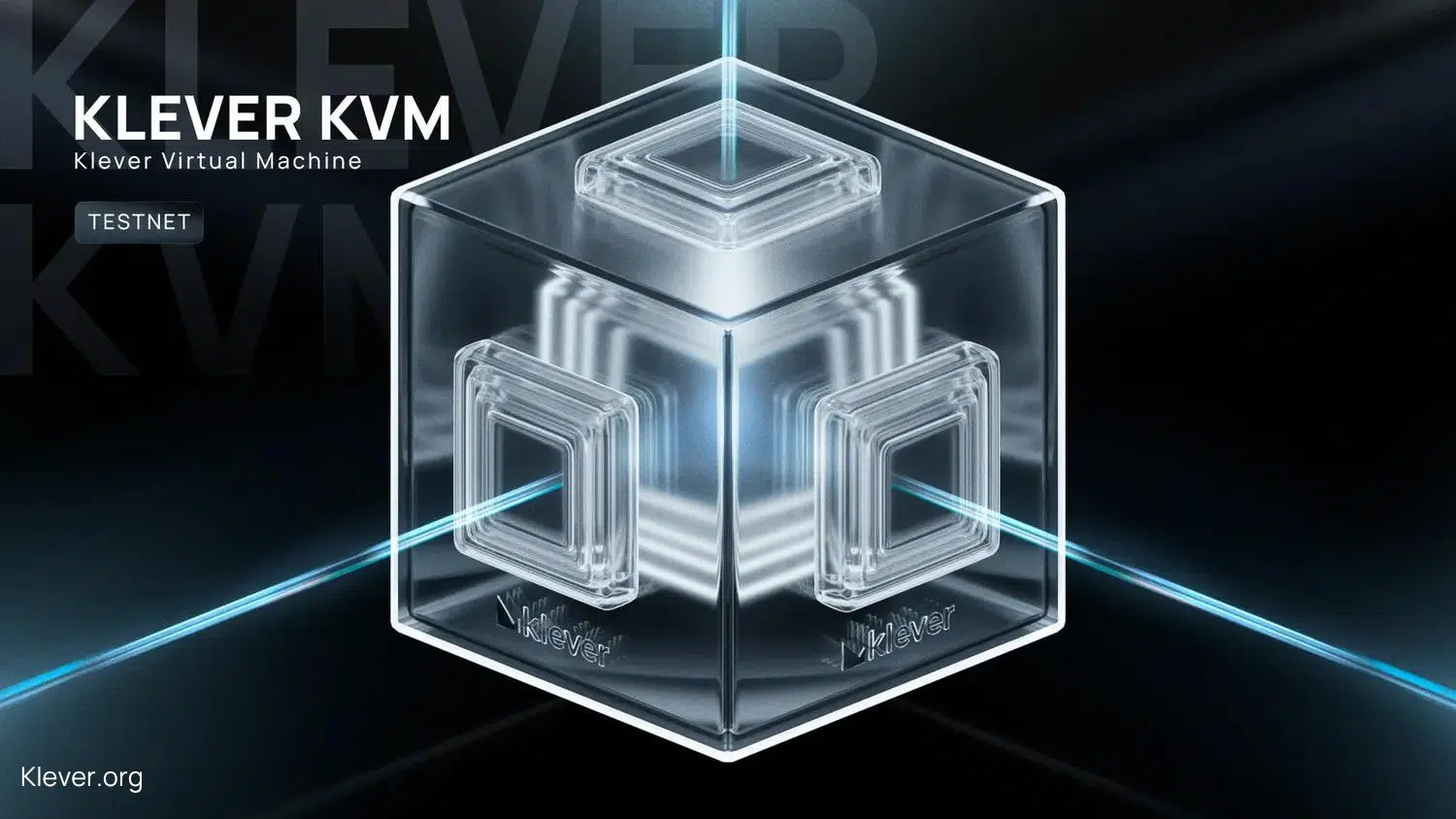
Virtual machines (VMs) are a foundational technology in modern computing, providing a versatile and efficient way to run multiple operating systems on a single physical machine. So, this article will introduce virtual machines, including klever virtual machine, explaining what they are, their advantages, how virtualization technology works, and some popular implementations.
Table of Contents
What is a Virtual Machine?
A virtual machine (VM) is a software-based emulation of a physical computer. It is a computer that hosts an operating system and applications in the same way as a physical one, whereas all these functions are performed within special software environment named hypervisor. It´s separates the VM from its hardware, enabling one physical piece of equipment to work various Virtual Machines. In addition, each VM runs its own operating system along with applications and resources like CPU, memory or storage. By doing so, making sure that the performance and functionality of each VM is separate from others protects data by providing an efficient means to consume computing resources.
Advantages
VM offer several key advantages:
- Resource Efficiency: VMs enables multiple operating systems to run on a single physical machine thereby reducing costs by maximizing hardware utilization.
- Isolation and Security: Each VM operates independently, ensuring that failures or security breaches in one VM do not affect others.
- Scalability and Flexibility: You can quickly create, add, or delete VMs as needed for easy scalability and adaptation to changing needs.
- Testing and Development: VMs provide a safe environment for testing new software and configurations without risking the underlying hardware or production environment.
How Virtualization Works
Virtualization technology works by creating a layer of abstraction between the physical hardware and the operating systems running on it. This is implemented by using a hypervisor, that can be of Type 1 (Bare-Metal) or Type2(Hosted).
- Type 1 Hypervisors: These are directly installed on the physical hardware so provide high performance to run VMs.
- Type 2 Hypervisors: These run on top of an existing operating system, and provide more flexibility in use.
The hypervisor assigns each VM physical resources such as CPU, memory, and storage, allowing them to operate separately but effectively. The hypervisor then manages and allocates resources fluctuating over time in real-time, which help the VM to perform better while maintaining isolation at high levels.
Klever Virtual Machine

The Klever Virtual Machine (KVM) is a cutting-edge virtualization tool by Klever that enhances blockchain and dApp performance. It allows multiple operating systems to run on one machine, offering secure, scalable virtual environments. Moreover, KVM integrates with the Klever ecosystem, supporting various use cases from development to production. This guarantees that resources are being used in an optimally optimal way while allowing easily scalable benefits to be reaped from the virtualization economy, all with the added intervisibility of blockchain security and transparency.
Benefits of Klever Virtual Machine
The Klever Virtual Machine offers compelling benefits that increase the efficiency and versatility of computing environments:
Enhanced Virtualization Performance
The KVM boosts virtualization performance by efficiently utilizing hardware, allowing multiple virtual machines to run smoothly on a single host. So, KVM optimizes resource allocation dynamically, enhancing application performance and responsiveness. Further, as KVM is integrated with the Klever ecosystem, this will allow smooth integration and interaction between blockchains for DApps to increase their efficiency. You can use KVM as a solid tool for deploying virtualization and blockchain-based applications.
Cost-Effective Solution for Virtualization
Klever Virtual Machine (KVM) offers a cost-effective virtualization solution by allowing multiple virtual machines to run on a single server. This reduces the need for extra hardware, lowering both capital and operational costs. KVM’s efficient resource management also cuts energy and cooling expenses. Its affordability enables users to invest more in innovation and development, making it a valuable choice for optimizing IT infrastructure and gaining a competitive edge.
To stay update, follow our socials and our blog, and join the conversation on our developer forum. Dive into blockchain development on Klever Blockchain and shape the future of Web3 innovation with us.